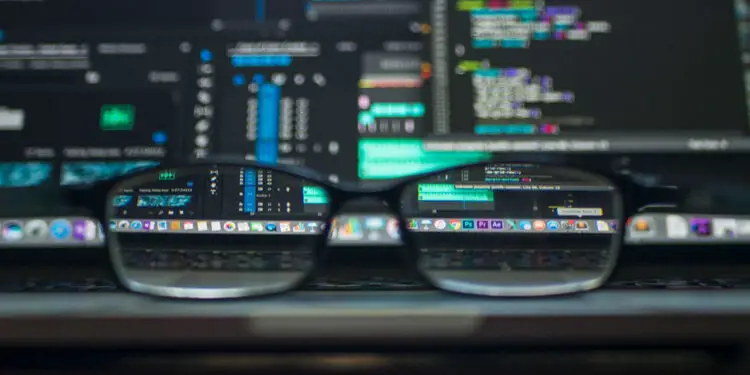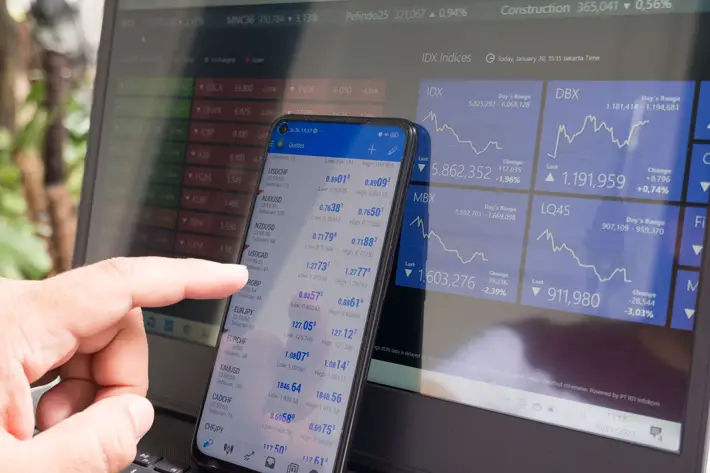The Beginner’s Guide to Trading Forex

The forex market, also known as forex exchange or simply forex, is a robust platform where traders can buy and sell currency pairs. This platform is the largest and the most liquid marketplace in the world. Traders can trade a range of global currencies, commodities, and other entities 24 hours a day, five days a week. Trading is a straightforward activity but requires anyone intending to venture into it to take time and understand the market to be in a position to make profits. If you want to trade forex, here is a simple guide you can use to venture into this lucrative but also risky business.
Identify a Broker
Before venturing into buying and selling these currencies, you will need to identify a reliable forex broker. A broker acts as your go-between to enable you to access the forex platform. There are so many forex brokers online, and even offline, so you need to take your time to identify the most reliable and trusted one. You can read reviews online about these brokers or ask seasoned traders for advice. Join social media forex forums and get as much information as possible before settling on any broker.
Open a Demo Account
As a beginner, it would be unwise to enter this market without some training. An excellent way to familiarize yourself with the trading platforms is to open a demo or training account. Most trusted and seasoned brokers have this feature to enable beginners to learn the essential elements of forex trading. A training account is a virtual platform with virtual currency but with the same dynamics as a live account. You can use virtual money to learn the market dynamics and the functionalities of the platform you choose as well as other elements of trading. Once you are confident that you can trade, you can turn your training account into a live one by loading real money.
Understand Basic Terminologies
As a complete beginner, you will encounter strange terminologies that characterize forex trading. These terminologies should not worry you. Take your time to read and understand what they mean as you practice in your demo account. You will have no problem with the forex language in just a few weeks. You can then put your knowledge into practice using your virtual or training account.
Develop Your Trading Strategy
Market movements are unpredictable. You will not always be able to predict how the market is going to shift correctly. However, you must establish your trading strategy and stick to it. This strategy allows you to set a broad guideline that helps you to focus on the long-term trading plan. Your current financial position must inform the process, the profits you project to do, and the risk you are willing to take. Forex is a highly volatile undertaking that could make you handsome profits and lead to a total loss. Your strategy must consider the event in which you make a loss and if you are able and willing to accept such a failure.
Have Emotional Equilibrium
When trading, you must not allow your emotions to lead you. Instead, let your objective analysis be the guiding force to making decisions. Avoid situations where you falter on whether to keep a position a little longer or close it earlier than you had planned. Such emotional instabilities can lead to poor decisions that could have you making severe losses. It would be best to cultivate emotional equilibrium that will allow you to take your profits in pride and your losses in grace. With a long-term trading strategy and solid emotional state, you will most likely make profits in the long run.
Start Slowly
As mentioned, trading on the forex market is not a get-rich-quick scheme. It is a business or an activity that requires patience and dedication, and is ideally conducted when working with a professional who can steer you in the right direction. When you let it grow steadily, it is an undertaking that can make you good money in the long run. The mistake most beginners make is rushing into placing trades with the notion that they will make money quickly. Such an approach leads many to disaster. After completing your training using demo accounts, you can then fund your live account using small amounts. Let your profits grow slowly while reinvesting the same. It would be best if you never got into the temptation of placing all your savings or an amount you would not be willing to lose when you begin running a live account. Take one step at a time and leverage risk.










